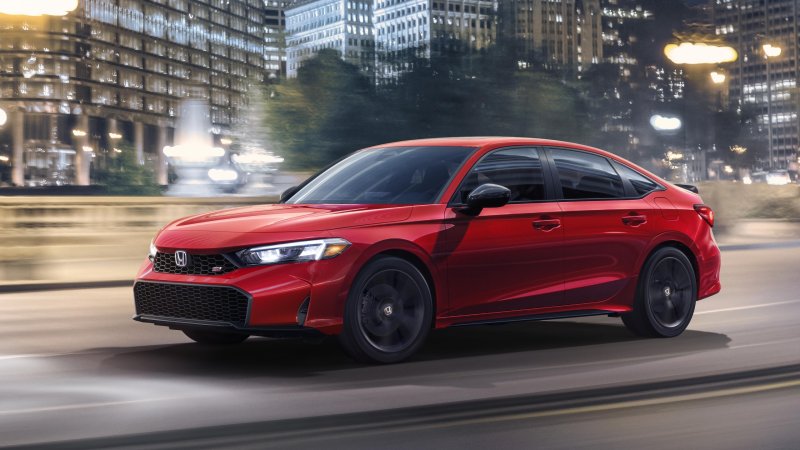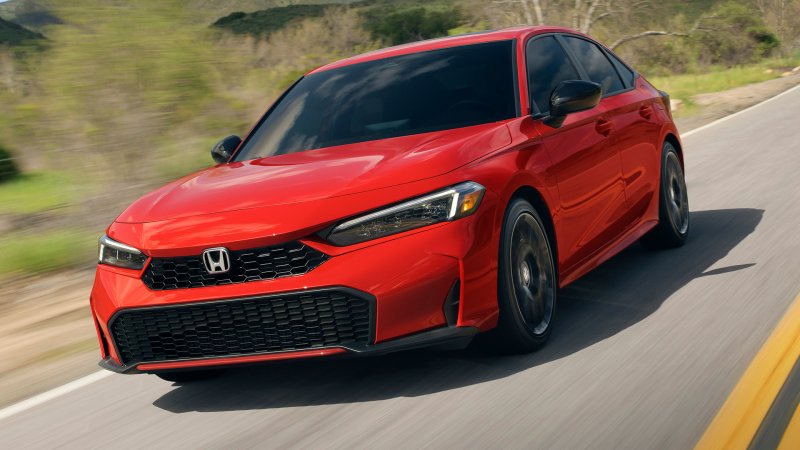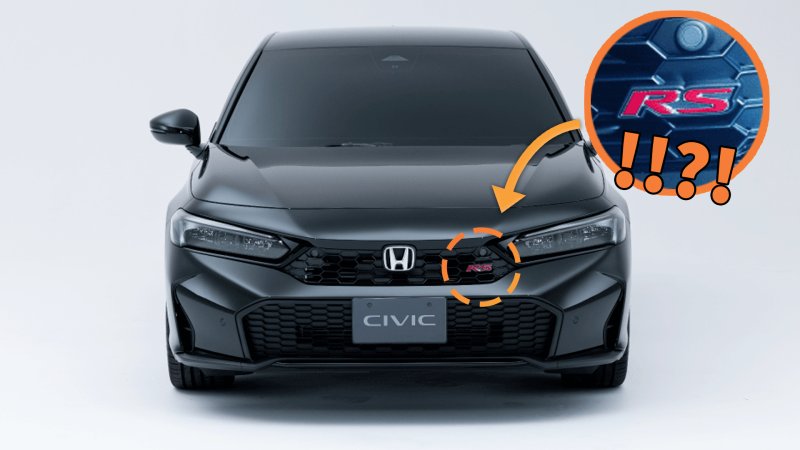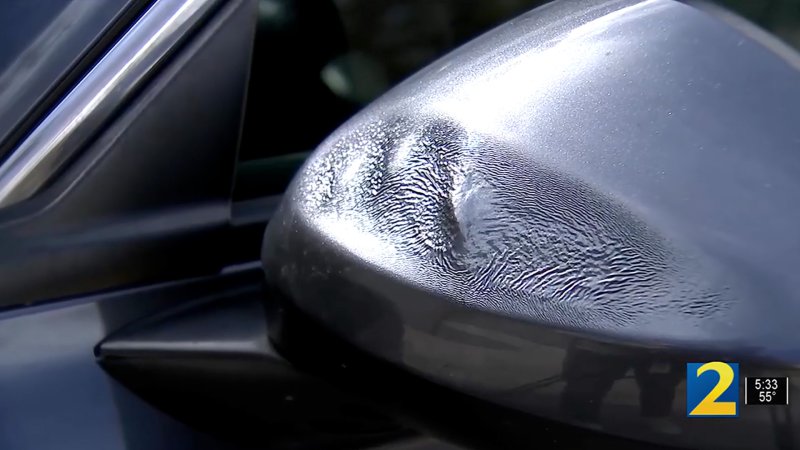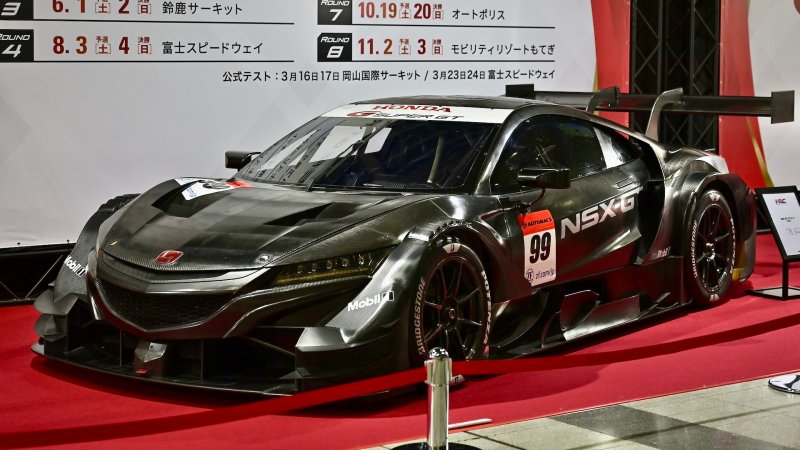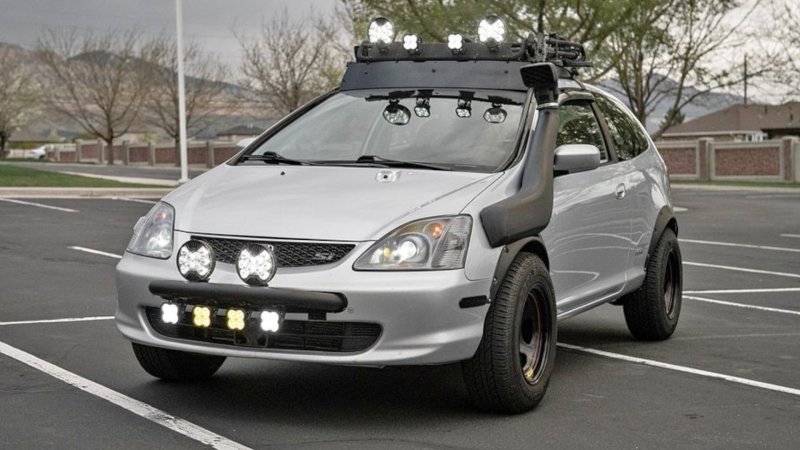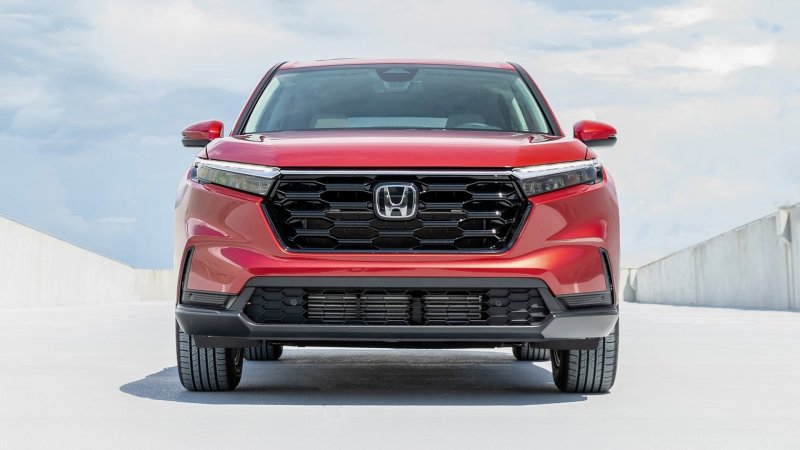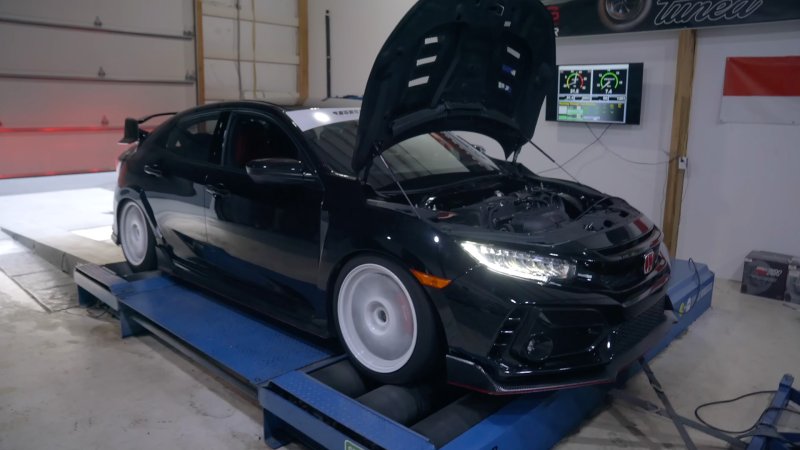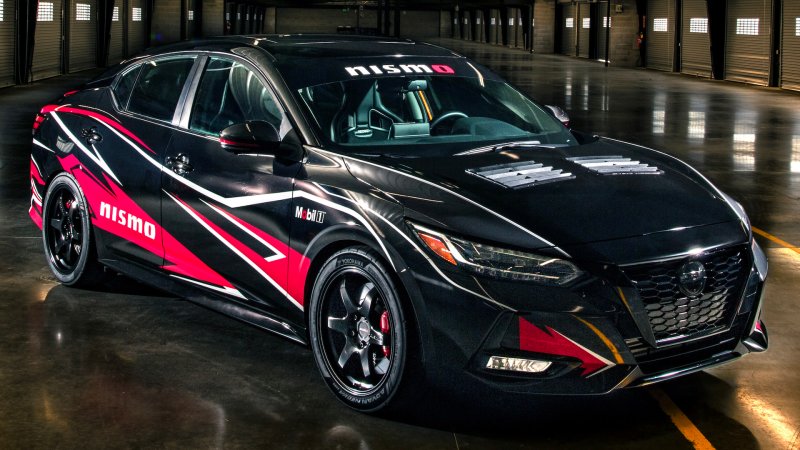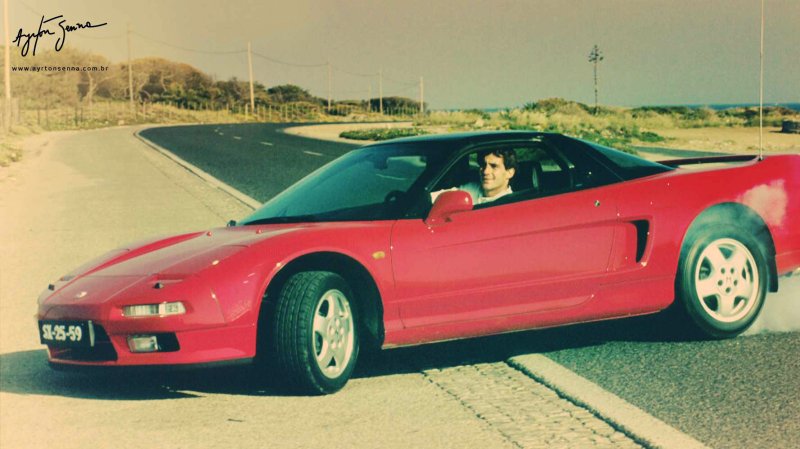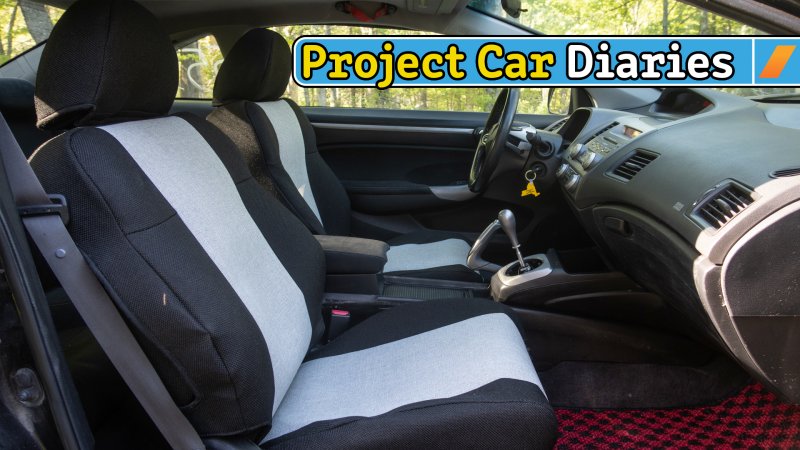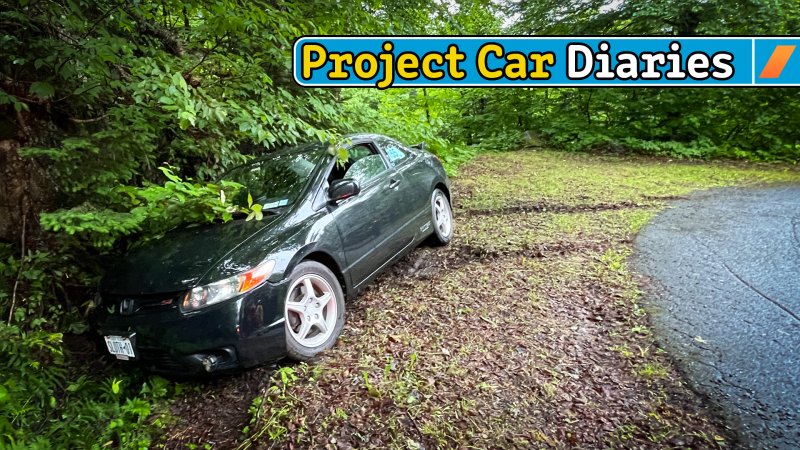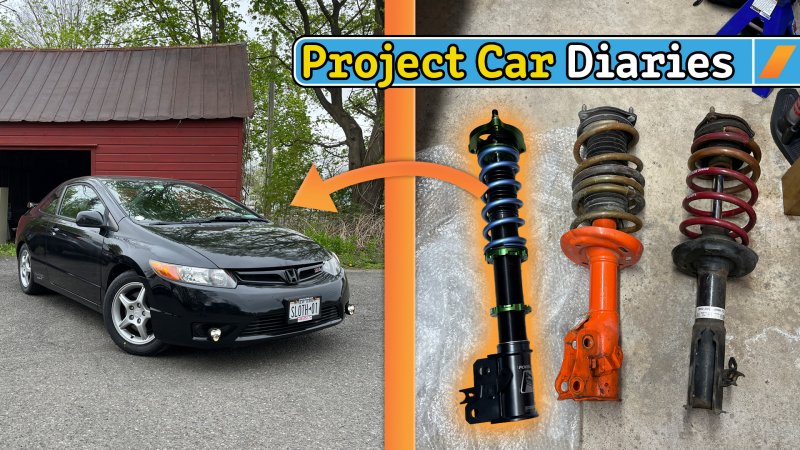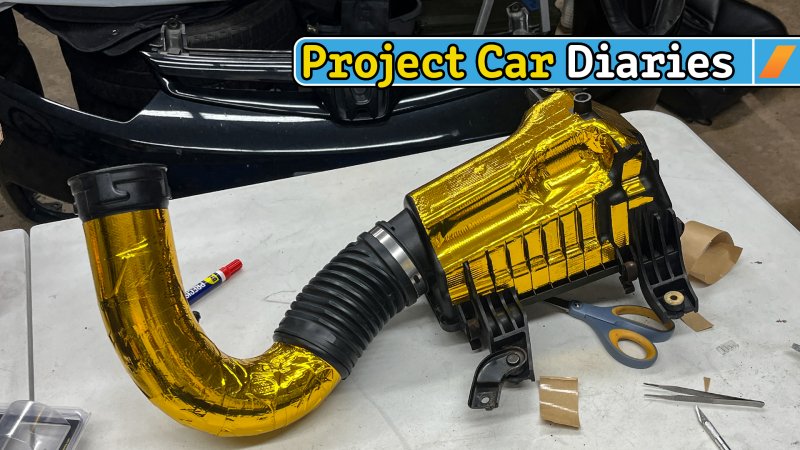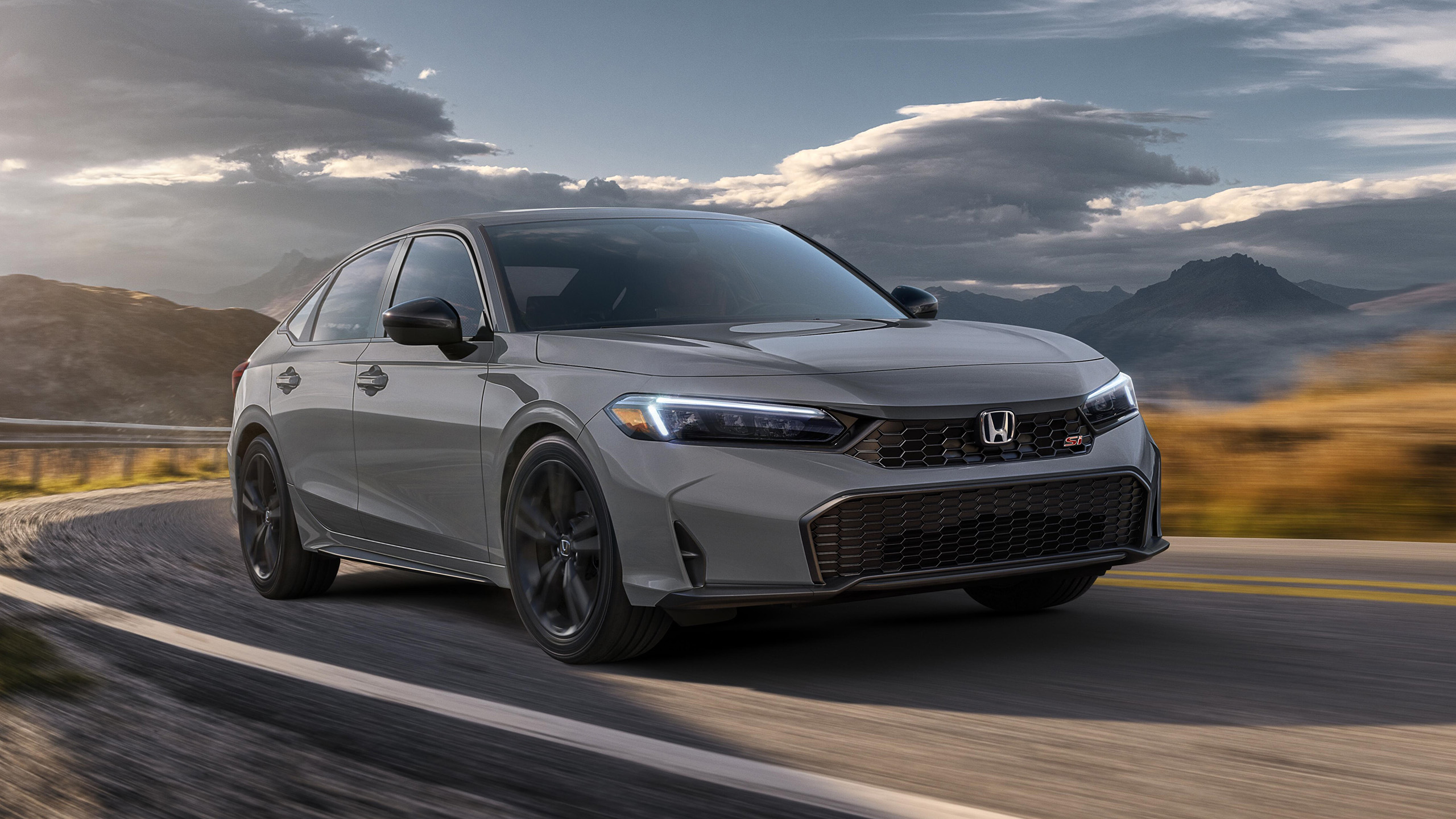

Honda made the 2025 Civic Si public earlier this week. While the coming year won’t bring about a monumental upgrade for the entry-level sports sedan, there was one inclusion that did catch my eye, though perhaps not for the reason you’d assume: Honda will let buyers upgrade from the stock Goodyear Eagle Sport all-season rubber that normally comes on the Si to Eagle F1 Asymmetric 2 summer tires. I think it’s wonderful that Si owners can opt for grippier tires from the factory, for a very reasonable $300. But I actually think it’s even better that those all-seasons aren’t going away.
I can already anticipate the quizzical looks on the faces of our typical audience—rest assured, you’re still reading The Drive Dot Com. Please allow me to explain. Once upon a time, a much younger me purchased a new Ford Fiesta ST, which came with Bridgestone Potenza R3050A summer tires only. Ford didn’t offer an option. As someone in their early 20s and living in New Jersey, I didn’t know much about tires, but summers struck me as an unnecessary and, frankly, poor choice. I wasn’t buying a Focus RS or even an EcoBoost Mustang, and I wasn’t concerned about all 197 of my Orange Spice sneaker’s horsepower getting away from me. (Between us, I was more worried about driving it home without stalling.)
I loved that car, and I’d like to think it loved me. It made me a better driver, and not simply because it encouraged me to learn stick. But in all the years I owned it, I can’t say those stock tires made driving that car much more fun. In the winters I had Michelin X-Ices riding on steelies, and they were a blast, too—it didn’t have to be snowing. When both sets were kicked, I moved to all-season Continental DWS06 Pluses on size-down Sparco Terras. It felt phenomenal on that setup, and I no longer had to worry about being caught out by the surprise October flurry anymore.



Some of you will say anyone who really loves cars should want to spend that bread on an extra set, or shouldn’t be too lazy for a twice-a-year swap. There’s a part of me that believes that as well, but we’re also talking about dollars and cents, here. Also, just to be clear: Everything I’m saying applies specifically to cars like the Fiesta ST, Civic Si, and Volkswagen Jetta GLI. Once you move up into that next performance class where you’re pushing 300 horsepower and/or rear-wheel drive, this all goes out the window. Plus, it should go without saying that if I lived further north, winter tires would be non-negotiable, no matter what I was driving.
But from a strictly performance perspective, I think it’s wrong to assume that the sort of buyer interested in a Civic Si is the same kind that expects to purchase a different set of wheels and tires for half the year. Cars like it don’t need them, though they certainly can add to the enjoyment, so making it a factory option satisfies all parties. Good ultra-high-performance all-seasons, like the aforementioned Contis, would suffice as a base tire. I’ve never sampled Eagle Sports myself, but from what I gather, they’re not top of their class.
What ultimately makes the Civic Si so good—and why we need more compact sedans and hatches like it—is its scalability. If you want something relatively cheap and trackable, it’s prepared for the job. But if you’re just looking to make your daily commutes a little less dreary, it’s perfect for that, too. It’s thoughtful of Honda that the range of tires on offer reflects those different but equally valid use cases. More automakers should take note.
Got tips? Send ’em to tips@thedrive.com
